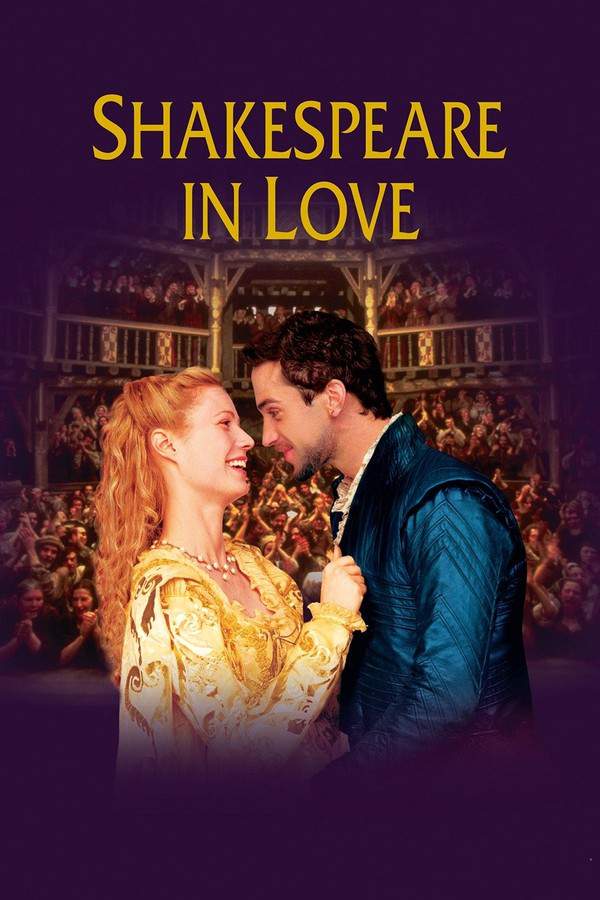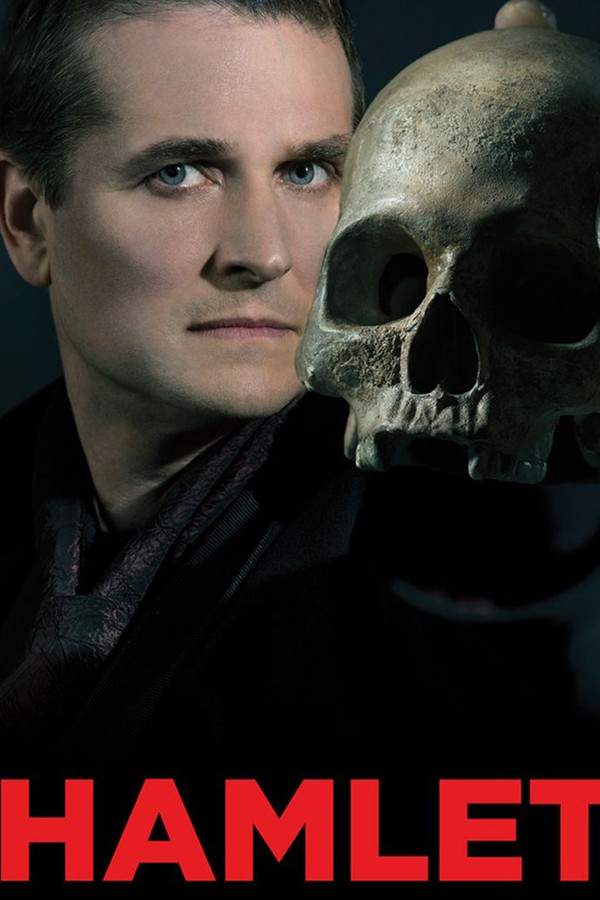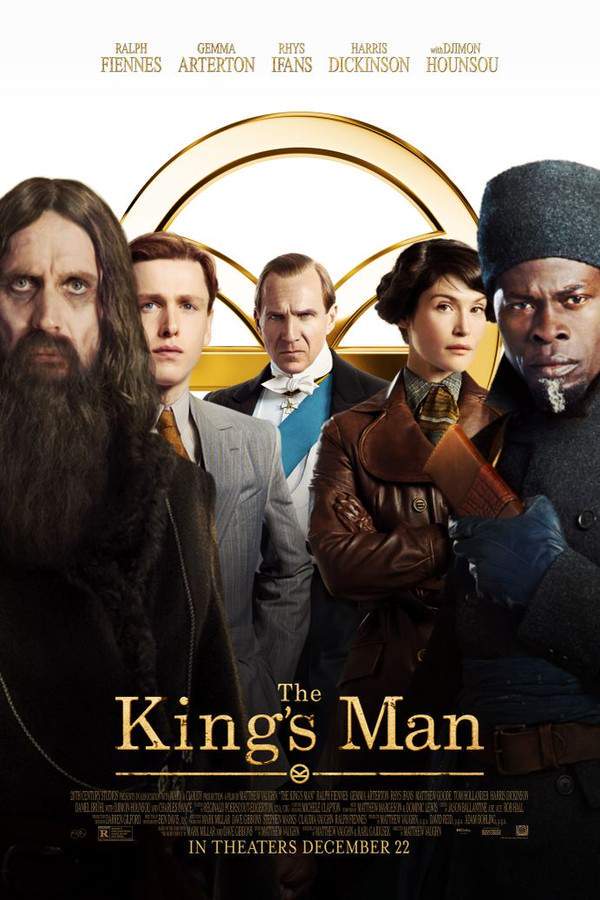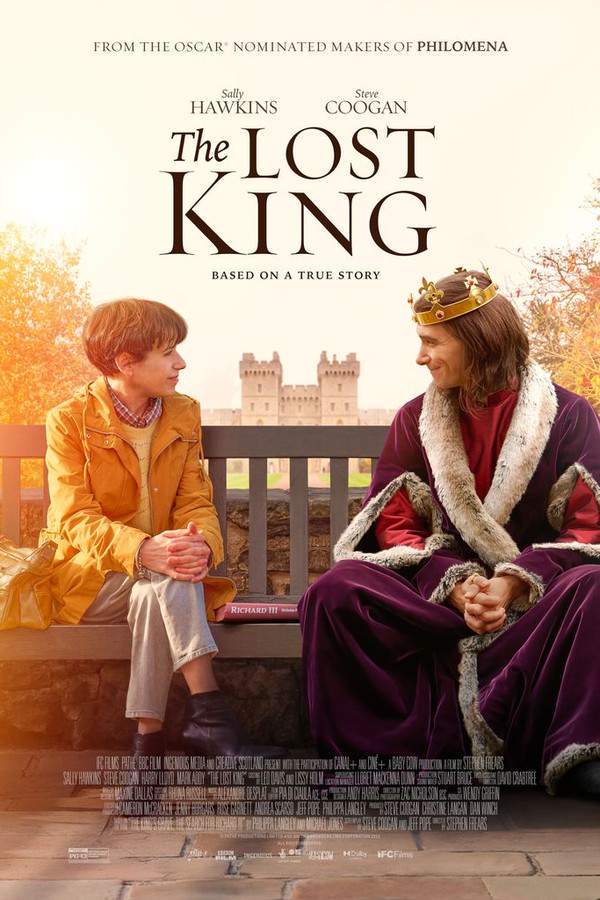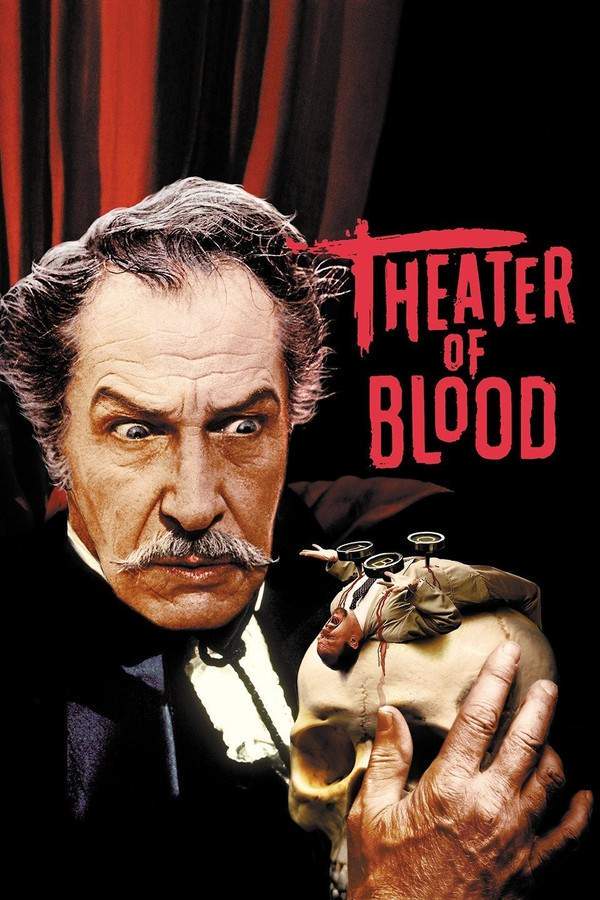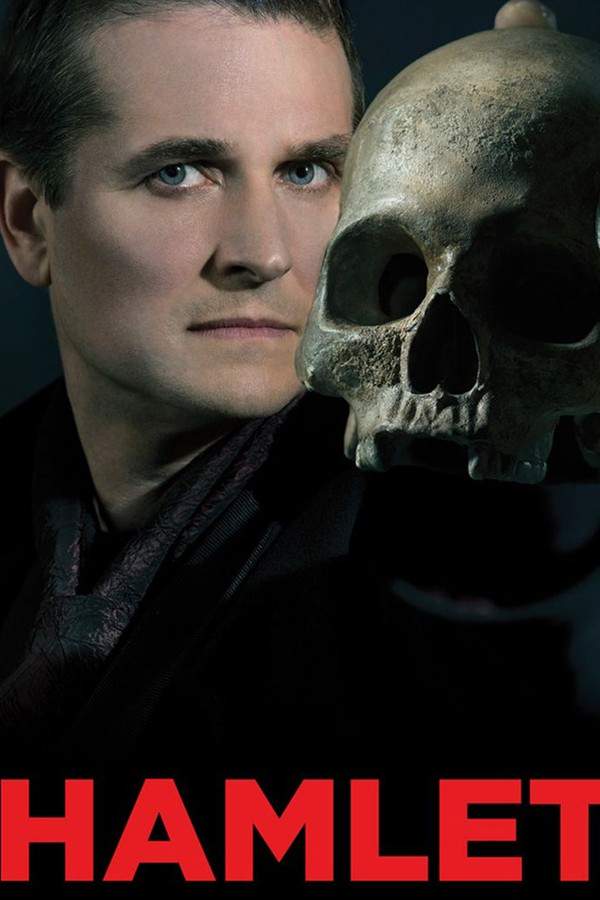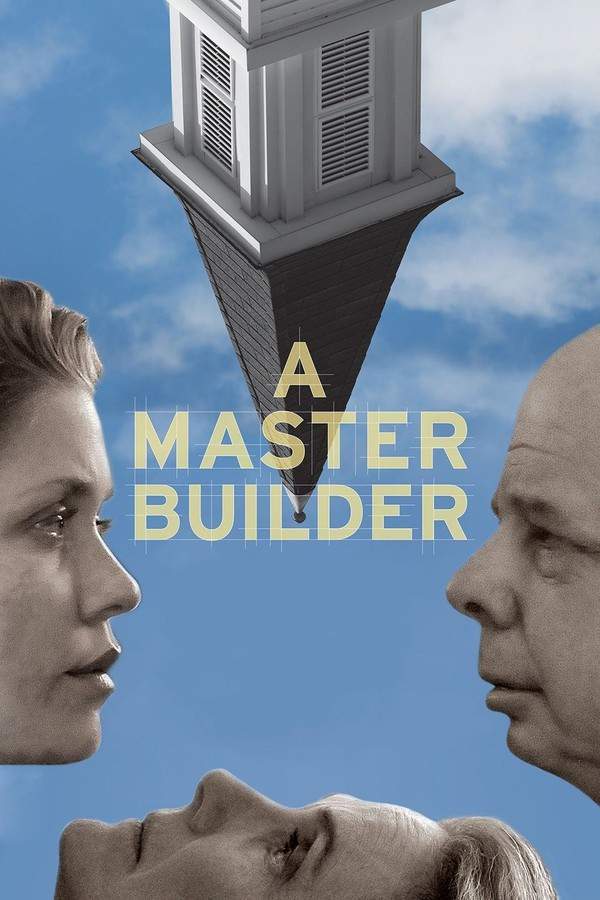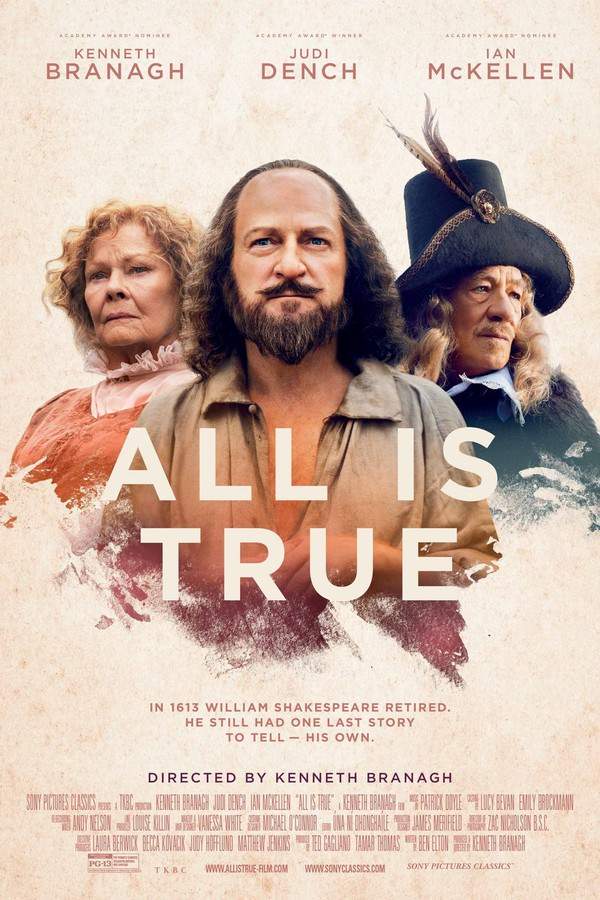
All Is True 2018
Directed by

Kenneth Branagh
Made by

Sony Pictures Classics
All Is True Plot Summary
Read the complete plot summary and ending explained for All Is True (2018). From turning points to emotional moments, uncover what really happened and why it matters.
After the Globe Theatre is engulfed in flames during a performance of Henry VIII in 1613, a weary William Shakespeare, portrayed by Ian McKellen, returns to his home in Stratford-upon-Avon at the age of 49. He seeks to reconnect with his estranged wife, Anne Hathaway, played by Judi Dench. Their relationship has grown distant, having been strained by a long separation where Shakespeare spent most of their marriage in London while Anne remained a grounded country woman who struggles with literacy. Their bond has particularly suffered since the tragic loss of their son, Hamnet, who succumbed to the plague at the tender age of 11 while his father was away.
Shakespeare immerses himself in tending to the family garden, yet finds little success in this endeavor. The couple’s elder daughter, Susanna, is married to John Hall, a leading Puritan doctor, and is forced to suppress her true self to comply with his strict moral standards. When Susanna faces accusations of infidelity and the threat of public humiliation, Shakespeare boldly intimidates her accuser by claiming he knows of an African actor who would protect her honor fiercely. This ruse proves effective when the accuser ultimately fails to show up, leading to Susanna’s exoneration, much to Anne’s admiration for her husband’s unexpected prowess, despite his embellishments.
Meanwhile, Judith, Shakespeare’s outspoken younger daughter, wrestles with the constraints placed on women of her time. Bitter and feeling unloved compared to her deceased brother, she confides a secret to her father: she is the true author of the poems attributed to Hamnet—her words had merely been written in his hand as she lacks the skills to write herself. The family struggles to cope with the fallout, especially as Anne quietly agrees with the notion that Hamnet was not intellectually gifted.
The story takes a turn with a visit from the Earl of Southampton, Shakespeare’s former patron and the muse behind his 154 sonnets. Anne feels uneasy, suspecting there may have been romantic undertones to their relationship. During a poignant moment, Shakespeare shares his feelings through Sonnet 29, only to be met with Southampton’s ambiguous response that hints at shared sentiments.
As time passes, a sweet reconciliation occurs between William and Anne, leading to a renewed intimacy that transforms their marriage. Anne ultimately chooses to share their second-best bed with him, an act that signifies their regaining of love. Shakespeare also navigates Judith’s newfound willingness to marry Thomas Quiney, despite the past scandal haunting him, as Judith becomes pregnant, much to her father’s joy.
A shocking revelation arises when Shakespeare investigates the events surrounding Hamnet’s death, challenging the notion that the boy died from the plague. Torn between grief and anger, he probes his family’s secret, ultimately discovering that Hamnet drowned while trying to escape the truth regarding the poems. In a poignant reveal, Judith confesses that she only told Hamnet of her intention to claim authorship after which he mysteriously drowned, raising whispered suspicions of suicide. This emotional reckoning allows Shakespeare to finally confront his past and honor the memories of his beloved son more truthfully.
As April 1616 unfolds, Shakespeare engages in reflective conversation with fellow playwright Ben Jonson, however, he begins to feel unwell on his birthday. Meanwhile, Susanna initiates a surprise for Anne and Judith, teaching them to read and write as Anne uncovers her marriage certificate, triumphantly signing her name for the first time. Sadly, on this significant day, Shakespeare passes away, leaving behind a rich legacy and a family bound together in newfound literacy and understanding. At his funeral, the three women unite in remembrance, reciting “Fear No More” from Cymbeline, honoring his memory and acknowledging their growth in the wake of profound loss.
All Is True Timeline
Follow the complete movie timeline of All Is True (2018) with every major event in chronological order. Great for understanding complex plots and story progression.
Globe Theatre Fire
In 1613, the Globe Theatre is engulfed in flames during a performance of *Henry VIII*. This catastrophic event marks a turning point in William Shakespeare's life, leading him to return to his family in Stratford-upon-Avon.
Return to Stratford-upon-Avon
William Shakespeare, now 49 years old, returns home to Stratford-upon-Avon seeking to reconnect with his estranged wife, Anne Hathaway. Their relationship has deteriorated over years of separation exacerbated by personal tragedy.
Loss of Hamnet
The couple's bond suffers severely from the tragic loss of their son, Hamnet, who dies of the plague at just 11 years old. The absence of their son weighs heavily on both William and Anne, complicating their already strained marriage.
Struggles in the Garden
Upon his return, Shakespeare attempts to immerse himself in tending the family garden. However, he finds little solace in this endeavor, reflecting his internal struggles and feelings of inadequacy in the face of family grief.
Susanna's Marriage
Shakespeare's elder daughter, Susanna, is married to John Hall, a strict Puritan doctor. As she wrestles with the confines of her marriage, Susanna faces public ridicule and is forced to suppress her true self under the moral standards imposed by her husband.
Defending Susanna
When Susanna finds herself accused of infidelity, Shakespeare steps in to defend her honor. He fabricates a story about an African actor who would protect her, which successfully intimidates her accuser into silence, leading to Susanna's exoneration.
Judith's Secret
Judith, Shakespeare's younger daughter, confides in her father about a painful secret concerning her deceased brother. She reveals that she is actually the true author of the poems attributed to Hamnet, showcasing both her frustration and need for recognition.
Visit from the Earl of Southampton
The arrival of the Earl of Southampton, Shakespeare's former patron, stirs unease in Anne, who suspects romantic ties. During an intimate moment, Shakespeare expresses his feelings through Sonnet 29, prompting a vague and ambiguous response from Southampton.
Reconciliation with Anne
An emotional reconciliation occurs between William and Anne, leading to a renewal of intimacy in their marriage. Anne chooses to share their second-best bed with Shakespeare, a symbolic gesture that represents their rekindled love.
Judith's Marriage Plans
Judith expresses a desire to marry Thomas Quiney, bringing a mix of joy and concern to her father. This development is colored by the past scandal surrounding Quiney, yet Shakespeare finds solace in Judith's impending motherhood, signaling hope for the family.
Hamnet's Death Investigation
Shakespeare delves into the circumstances surrounding Hamnet's death, questioning the initial belief that he succumbed to the plague. Through this painful investigation, he uncovers the truth of Hamnet's drowning and Judith's complicity in the secret of authorship.
Reflective Conversation with Ben Jonson
In April 1616, Shakespeare engages in a reflective conversation with fellow playwright Ben Jonson. However, amidst the deep discussions, Shakespeare begins to feel unwell, foreshadowing the tragic events to come.
Anne's Triumph in Literacy
On a significant day, Susanna surprises Anne and Judith by teaching them to read and write. Anne discovers her marriage certificate and triumphantly signs her name for the first time, a milestone that embodies the family's growth and newfound understanding.
Shakespeare's Death
Tragically, on his birthday, Shakespeare passes away, leaving behind a legacy of literature and a family united by literacy. His death marks the end of an era and the beginning of a journey for his family towards healing.
Funeral and Remembrance
At Shakespeare's funeral, his three women gather to pay their respects and honor his memory. They recite the poem “Fear No More” from his play *Cymbeline*, symbolizing their collective growth and recognition of his enduring influence.
All Is True Characters
Explore all characters from All Is True (2018). Get detailed profiles with their roles, arcs, and key relationships explained.
William Shakespeare (Ian McKellen)
William Shakespeare is depicted as a complex individual, grappling with the weight of his past and the grief of losing his son. He embarks on a journey of self-reflection, striving to reconnect with his family and seek redemption for his emotional estrangement. His character evolves as he confronts both the triumphs and tragedies of his life.
Anne Hathaway (Judi Dench)
Anne Hathaway emerges as a resilient and grounded woman, who struggles with her husband's absence and the societal expectations placed upon her. Despite her illiteracy, she showcases strength and tenacity, eventually finding her voice and reclaiming her identity within her relationship. Her journey symbolizes the power of love and companionship.
Judith Shakespeare (Kathryn Wilder)
Judith is portrayed as an outspoken and deeply conflicted character, feeling overshadowed by her brother's death. She struggles with the limitations placed on women and is driven by a desire for recognition and love. Her confession regarding authorship highlights her longing for identity and expression in a male-dominated society.
All Is True Settings
Learn where and when All Is True (2018) takes place. Explore the film’s settings, era, and how they shape the narrative.
Time period
1613-1616
The early 17th century in England was marked by rich cultural developments, particularly in literature and theatre, influenced by major figures like Shakespeare. During this era, societal norms began to evolve, particularly concerning women's roles and literacy, unveiling the complexities of personal relationships against the backdrop of tragedy and loss.
Location
Stratford-upon-Avon, London
Stratford-upon-Avon is a quaint market town, famously known as the birthplace of William Shakespeare. It features picturesque gardens and an atmosphere that reflects its rich literary history. In contrast, London represents the bustling cultural epicenter where Shakespeare spent most of his career, serving as a stark backdrop to the tranquil life his wife Anne leads.
All Is True Themes
Discover the main themes in All Is True (2018). Analyze the deeper meanings, emotional layers, and social commentary behind the film.
💔
Grief
Grief permeates the narrative as Shakespeare grapples with the loss of his son, Hamnet, leading to deep emotional turmoil within his family. The exploration of this loss drives the characters to confront their past and hurt, motivating a quest for understanding and reconciliation. It highlights how grief can both fracture and ultimately strengthen familial bonds.
💌
Love and Reconciliation
At its core, the film explores themes of love and reconciliation as Shakespeare seeks to reconnect with Anne after years of separation. Their journey from estrangement to renewed intimacy underscores the resilience of their bond, symbolized through poignant actions such as sharing their second-best bed. It showcases how love can flourish even amidst adversity and misunderstandings.
📜
Authorship
Authorship and the struggle for recognition are central themes, manifested through Judith's secret about writing the poems attributed to Hamnet. This presents a critique of societal constraints on women's voices, demonstrating the lengths to which they must go to claim their truth. The theme questions the nature of legacy and the impact of those unrecognized in history.
Movies with Similar Twists and Themes
Uncover films that echo the narrative beats, emotional arcs, or dramatic twists of the one you're exploring. These recommendations are handpicked based on story depth, thematic resonance, and spoiler-worthy moments — perfect for fans who crave more of the same intrigue.
Featured on this page

What's After the Movie?
Not sure whether to stay after the credits? Find out!
Explore Our Movie Platform
New Movie Releases (2025)
Famous Movie Actors
Top Film Production Studios
Movie Plot Summaries & Endings
Major Movie Awards & Winners
Best Concert Films & Music Documentaries
© 2025 What's After the Movie. All rights reserved.



